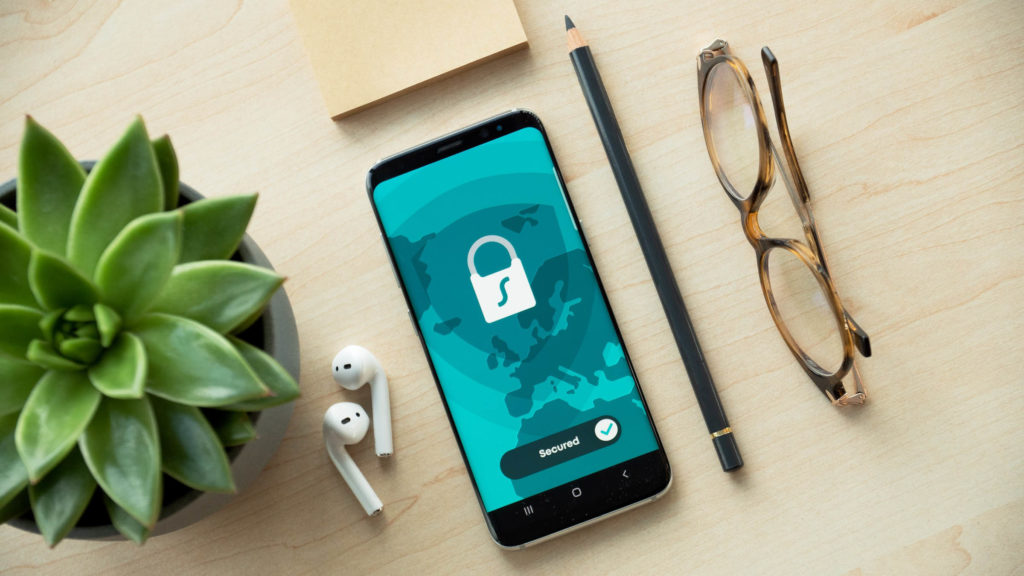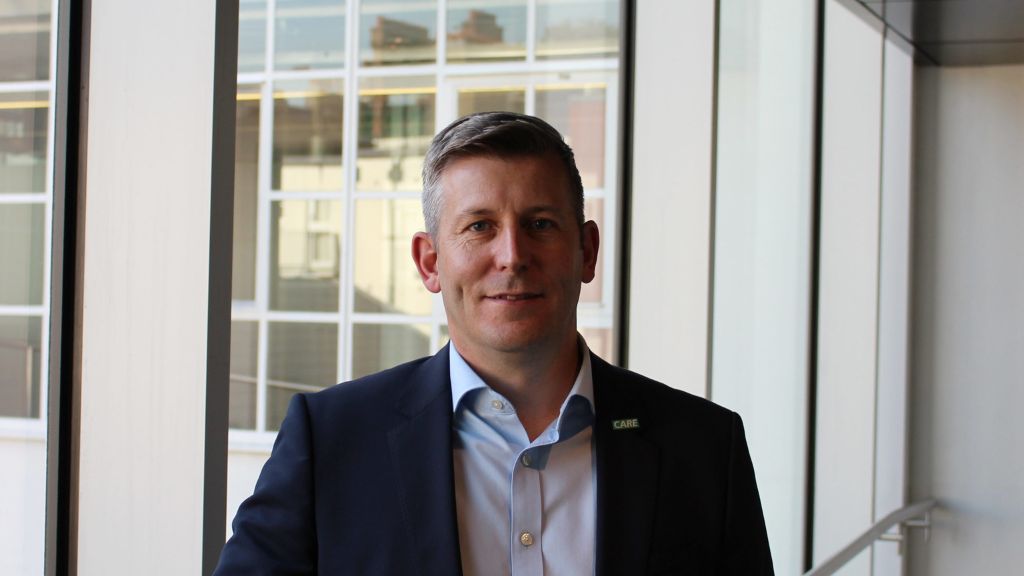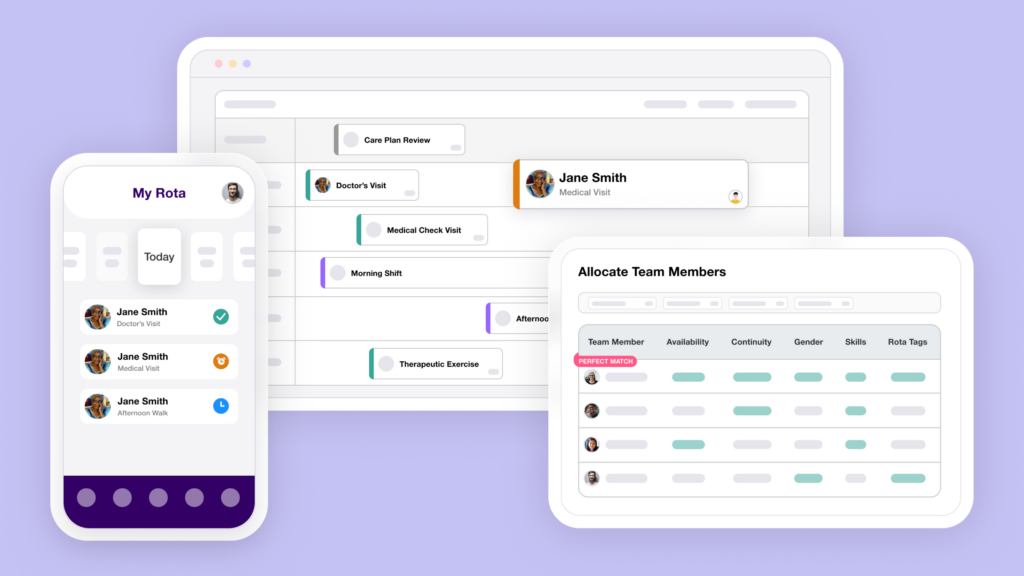Keeping your residents cyber secure

With the Data Security and Protection Toolkit deadline just behind us, cybersecurity is on the tip of everyone’s tongue. But specialist care providers may find cybersecurity particularly challenging as they need to ensure their business is secure, staff follow cybersecurity guidelines, and they’re supporting their residents to stay safe online too. With that in mind, Adam Hurst, chief technology officer at Log my Care, has put together some tips for care providers who want to support their residents with cybersecurity.
Talk to your residents about cybersecurity
The Government Digital Service’s digital inclusion scale indicates that people with disabilities and older people are more likely to experience digital exclusion. One of the biggest barriers to digital inclusion is a fear of cybercrime. As technology becomes integral to our everyday lives, it’s more important than ever that you alleviate some of these concerns by talking to your residents about keeping safe online. If you work with people with learning disabilities, you could create an easy read guide with the below tips or a guide using Makaton.
If your older residents are anxious about online crime, a good place to start is by highlighting to them the benefits of being digitally connected and then sharing tips for staying safe online. If they are used to dealing with pen and paper, print out the tips below and stick them on the walls near computers and in shared spaces.
Choosing strong passwords
Explain to your residents that their accounts on the internet for things like email, social media and online profiles contain important personal information that needs to be kept safe.
To create a strong password, suggest that they combine three random words, for example, their favourite animal, a food they dislike and the name of their childhood best friend – ElephantCabbageBob. This is hard to guess because the words are unrelated but memorable because each item is significant to your residents.
To make their passwords even more secure, they should also include a mix of lower and upper case letters, numbers and special characters.
They’ll need to use a unique password for each account so it’s harder for people to guess their passwords and gain access to their private information. Using a password manager, like LastPass or NordPass, is best practice for keeping passwords secure – however for someone who isn’t great with technology, Chrome’s built-in password manager is a lot easier to use. It’s worth noting that if someone gains access to your resident’s Google account, they’ll have access to all their passwords and usernames so they’ll need to be careful to keep this account secure.
Identifying phishing emails and scammers
Phishing emails are the number one scam people fall for and for good reason – they can be hard to identify. As well as tricking your residents into revealing personal information, phishing emails may contain messages that will frighten them or be distressing for them to read.
Scammers will often use a familiar tone and create a sense of urgency to trick people into sharing personal information. Phishing emails may come from someone with the same name as a friend or a business with which your residents regularly interact.
If they receive an email or call that asks for personal information, they should check with someone else before sharing any information. For example, if their bank calls to ask about a purchase on their card, tell them to hang up and call the bank back to verify the call is really from them.
If an email seems too good to be true, it probably is. If they’re being offered a special deal or reward from an unknow sender, it’s likely a phishing attack.
If they do receive phishing emails, advise them to delete them immediately and avoid clicking any links or downloading attachments.
Install anti-virus software and keep systems up to date
Viruses can slow down your residents’ devices, damage or delete files, result in data loss and much worse.
A virus may come from a phishing email, a removable device or an untrustworthy website. Anti-virus software hunts down these viruses and protects devices from future attacks.
Additionally, keeping operating systems and software up to date means that hackers can’t exploit any security vulnerabilities in previous versions. You can also adjust the settings on a device so it updates itself automatically. This usually only takes a few minutes and most devices will schedule their updates for times that the device is not typically in use. For updates that can’t be automated, encourage your residents to install any updates as soon as possible.
The danger of sharing information online
Anything friends and family members can find out about your service users online, so can a hacker.
Cyber criminals can use the information they find online, such as name, phone number, date of birth or address, to identify or locate your residents.
Encourage your residents to be cautious about the information they share online and review their security settings on social media to ensure they are only showing the minimum information about themselves.
Don’t trust public or open Wi-Fi
Let your residents know that it can be dangerous to connect to public Wi-Fi hotspots for example, in cafes or hotels.
Wi-Fi names can be easily faked and it might be operated by someone who wants to steal their personal information. When they connect to Wi-Fi from an unknown source, someone might be able to access their personal log-in details.
The easiest way to prevent this is by not connecting to any public Wi-Fi networks that they don’t know and aren’t password protected. Instead, encourage your residents to use their mobile data as 3G, 4G and 5G networks have security features built in to prevent these attacks.
And remember cybersecurity isn’t just online
Encourage your residents to password protect their devices and lock their screens. Most phone and tablets offer a variety of lock options – passwords, PINs, patterns and biometric locks such as face and fingerprint recognition. If using a password or PIN, make sure it’s complex enough that it’s not easily guessed (stay away from 0000 or 123456).
Remind your residents to keep an eye on their devices when they’re in a public place. Lock things up or bring them with them when they leave – even if it’s just for a few minutes.
By enabling lost device tracking, your residents can prevent people gaining access to their personal data if their device does get lost or stolen. This will help locate lost devices, enable your residents to lock their device remotely and even erase the data stored on there to prevent someone else from using it.
For more cybersecurity advice for care providers, visit Log my Care’s website.



